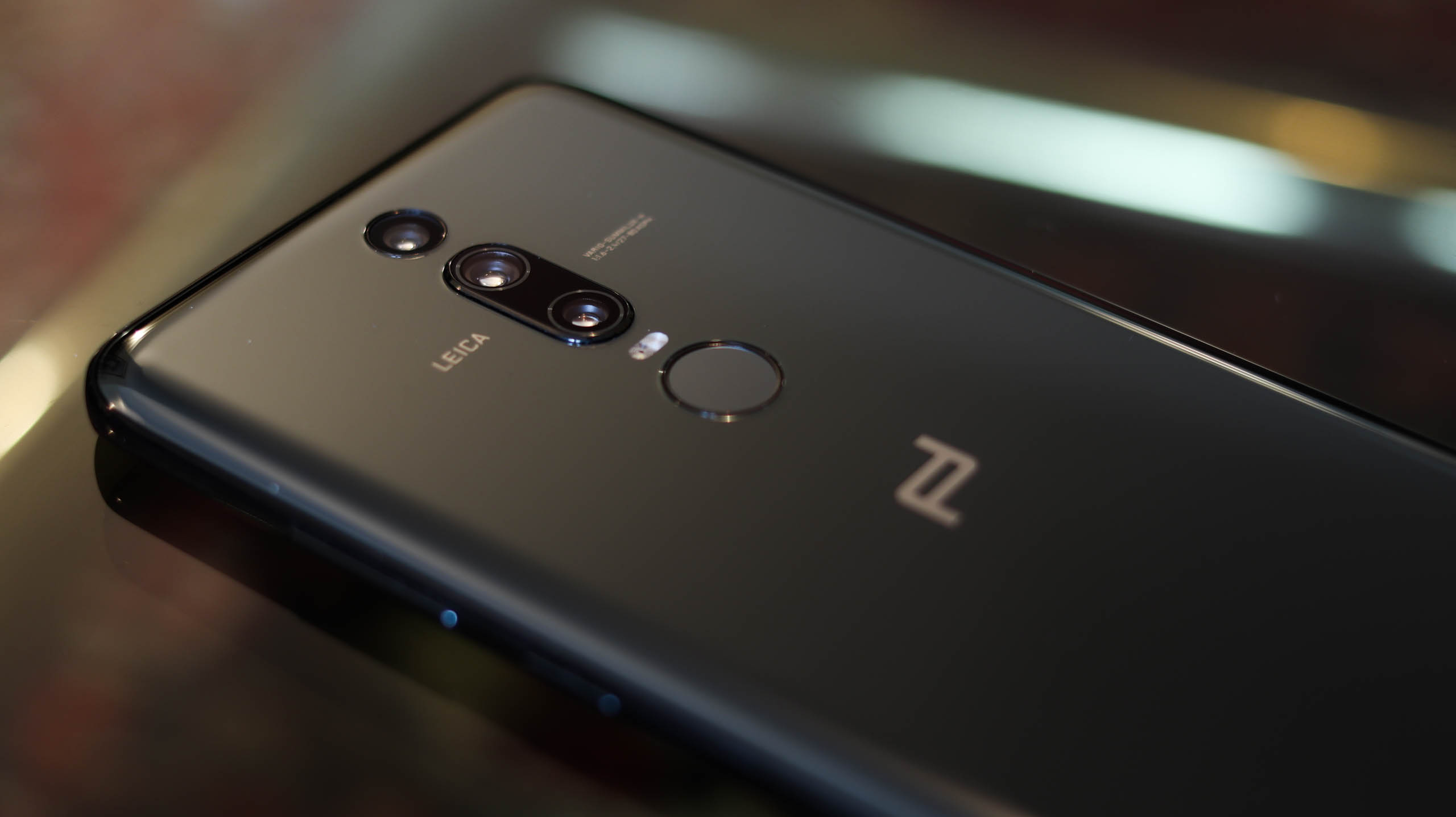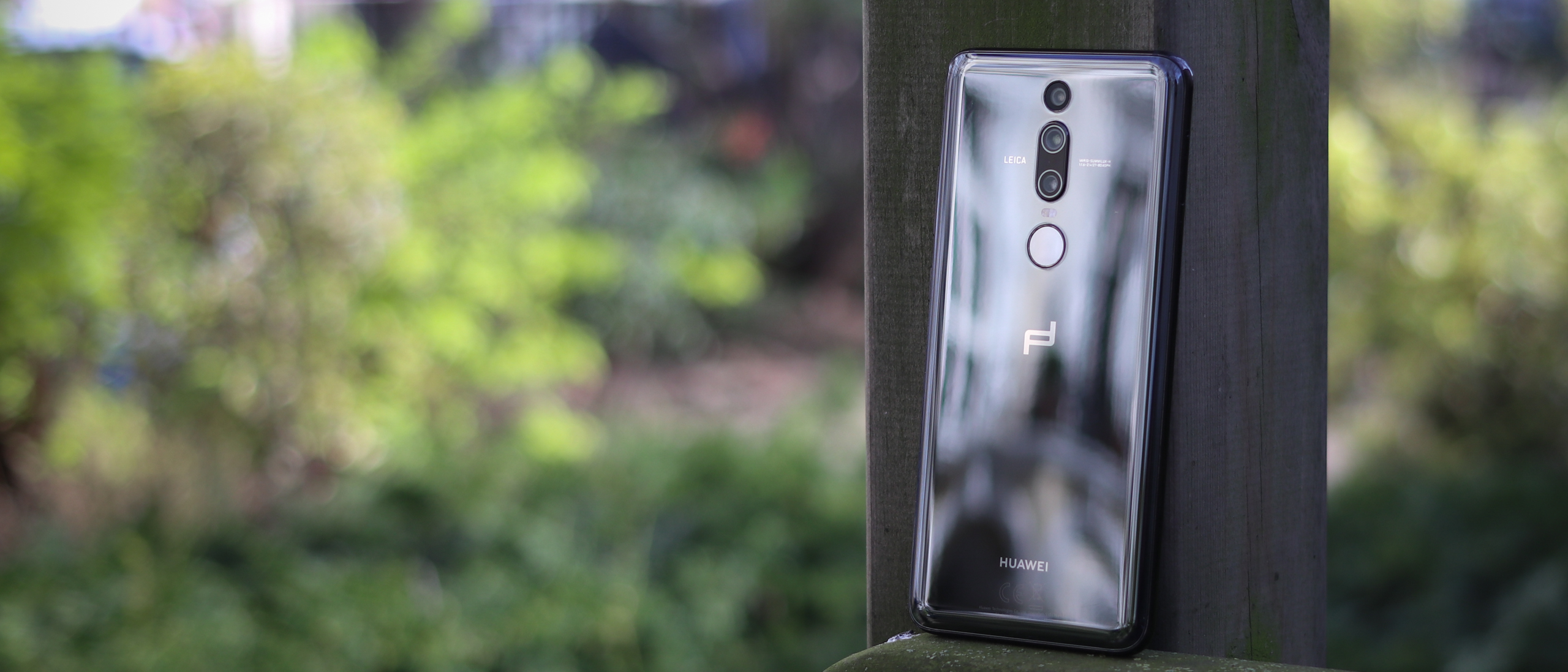TechRadar Verdict
The Mate RS comes with more optional storage than any phone before it, a new cooling system and an in-screen fingerprint scanner. The rest is basically a Huawei P20 Pro in a Porsche Design body. So yes, this phone is incredibly expensive, but unlike many luxury items, it delivers both style and substance.
Pros
- +
Premium design
- +
Excellent camera
- +
Innovative features
Cons
- -
Very expensive
- -
No headphone jack
- -
Slightly dated chipset
Why you can trust TechRadar
Huawei and Porsche Design’s partnership has seen three iterations of smartphone to date, with the latest, the Huawei Mate RS, being the best.
This phone combines polished, reflective, curved glass and metal with IP67 water resistance. Power is respectable, with Huawei’s flagship Kirin 970 chipset paired with 6GB of RAM. This means 1.2Gbps (Cat. 18) download speeds, while with a starting capacity of 256GB there’s plenty of space inside.
The Porsche Design Huawei Mate RS also comes in a 512GB version – a world first storage size for a smartphone. Two other world firsts – a commercially ready in-screen fingerprint scanner and micro capsule cooling technology - also sit inside.
This is the first Huawei phone to offer wireless charging too, it has a giant 4,000mAh battery, a curved 6-inch QHD OLED display sits pretty on the front, and the back houses a critically acclaimed triple camera system, co-engineered by Leica.
Now that is quite a spec sheet, but there is one, quite significant caveat. The price. The Porsche Design Huawei Mate RS certainly has skill, but you'll want to prepare yourself for the bill.

Porsche Design Huawei Mate RS price and availability
- Starts at around £1,300, $1,900, AU$2,500
- Don't expect to see it in the US
It shouldn’t come as any surprise that the Porsche Design Huawei Mate RS costs a lot of money.
Pricing for the 256GB model starts at €1,550 (around £1,300, $1,900, AU$2,500) on Porsche Design’s website. The 512GB version isn’t available yet, but the price was announced in euros at €2,095 (around £1,800, $2,600, AU$3,300), and it’s due to launch in May.
Available in two colours, red and black, the red version looks set to be exclusive to China, with the Black version currently being sold across Europe.
No US release looks likely give Huawei’s chequered history with the US government. Meanwhile, if this phone is anything like its predecessor, the Mate 10 Porsche Design, it will find its way to Australia eventually.

S9 front meets Porsche Design back
- An S9-like look
- Great-looking mirrored finish
There’s no getting around it – the Porsche Design Huawei Mate RS screams Samsung Galaxy S9. It all starts with its curved OLED display, extends to the rounded metal frame with machined antenna bands in identical locations and continues to the curved glass back.
It’s only when you look and feel very attentively that you notice, but Porsche Design’s influence adds more curvature at the top and bottom of the Mate RS’s front and back panel of glass.
It really does feel excellent in the hand, with the added assurance of IP67 water and dust resistance being a welcome one when handling such a pricey gadget.
Rather than shy away from the S9 comparison, Porsche Design’s Design Director, Christian Schwamkrug embraces it, explaining that his team prioritises symmetry and clean lines in its products – stating that the Galaxy S9 is a well-designed product, but that the Mate RS design is better.
As a result, Porsche Design’s new Huawei Smartphone has a symmetrical back, unlike the Galaxy S9.
This focus on design and clean lines also explains Porsche Design’s decision to ditch the P20’s notch and instead go with a QHD curved screen, symmetrical on both axis.
As for the glass back’s mirrored finish, it does two things well – looks spectacular after every polish and broadcasts fingerprints in between every polish.

The Mate RS also has a USB-C port at the base, all its buttons to the right, a dual SIM slot to the left and an IR blaster at the top.
The in-screen fingerprint scanner is coupled with a traditional rear fingerprint scanner and the triple camera setup sits stacked vertically on top of it.
There’s no doubt about it, as a package, the box is impressive with everything from two USB-C cables, a UK and European power connector through to a leather folio case that fits well and looks good.
You also get USB-C headphones, a 3.5mm-USB-C adaptor, a proof of authenticity card and the usual SIM eject tool and paperwork.
But just when you start to get sucked in by the luxury hype and that story that the Mate RS is its own handset independent of the competition, the spec sheet serves up one final reminder that at 8.5mm this Porsche Designed phone is the exact same thickness as both the Galaxy S9 and Samsung Galaxy S9 Plus. Samsung Huawei Galaxy S9 RS anyone?

Mate, I could look at you all day…
- Curved AMOLED screen
- 1440 x 2880 resolution
- Huawei's best smartphone screen yet
OLED is widely regarded as the apex of today’s smartphone screen tech, so Huawei’s decision to go with a curved AMOLED display on the Porsche Design Mate RS is welcome.
So too is the QHD resolution. Clocking in at 1440 x 2880 pixels, it delivers a pixel density – aka, sharpness – of 538ppi. This further cements the Mate RS smack bang in the middle of the Samsung Galaxy S9 family when it comes to screen size, tech and sharpness.
Its aspect ratio however is slightly different to the Galaxy S9 and S9 Plus at 18:9. With the S9s clocking in at 18.5:9, the Mate RS’s screen is slightly squatter.

As for quality, the default screen mode is ‘vivid’ and this capitalises on all things OLED, imbuing on-screen content with all the zing and pizzazz of a Pride parade float.
Unlike Samsung’s adaptive display, Huawei’s doesn’t augment the experience depending on what you’re doing with the screen, so you might find yourself opting for the more subdued ‘normal’ mode if it’s all a bit too 24/7 carnival for you.
Also of note, this screen gets bright – just as bright as the Galaxy S9 and Huawei P20 Pro, so will be no problem to see clearly, even in direct sunlight.
As a result, it’s safe to call it Huawei’s best screen to date.
Basil Kronfli is the Head of content at Make Honey and freelance technology journalist. He is an experienced writer and producer and is skilled in video production, and runs the technology YouTube channel TechEdit.

